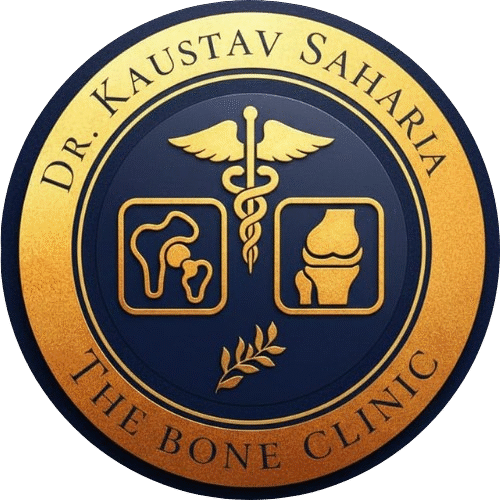
Rheumatoid arthritis (RA) is a long-term autoimmune disorder where the immune system mistakenly attacks the body’s tissues, primarily the lining of the joints, causing inflammation, pain, swelling, and stiffness, especially in the hands and feet. This chronic inflammation can lead to joint damage, loss of function, and can also affect other organs like the heart, lungs, and eyes. While the exact causes are unknown, risk factors include being a woman, smoking, and a family history of the disease. Early diagnosis and treatment are crucial for managing symptoms, slowing disease progression, and maintaining a good quality of life.
Symptoms
- Joint Pain: Pain, swelling, and stiffness in the joints, often in the hands, wrists, and feet.
- Symmetry: Symptoms typically affect the same joints on both sides of the body.
- Morning Stiffness: Stiffness that is worse in the morning or after periods of rest.
- Fatigue: Extreme tiredness or lack of energy.
- Systemic Symptoms: Can include a low-grade fever, weight loss, and other issues in the eyes, skin, heart, lungs, or blood.
Causes and Risk Factors
- Autoimmune Response: The immune system mistakenly attacks the body’s healthy tissues, particularly the joint lining.
- Genetic and Environmental Factors: The cause is believed to be a combination of genetic predisposition and environmental triggers.
- Risk Factors:
- Sex: Women are more likely to develop RA than men.
- Smoking: Long-term smoking increases the risk of getting RA and can make the disease more severe.
- Family History: Having a family member with RA increases your risk.
- Age: Risk increases with age, though it can occur at any age.
Diagnosis and Treatment
- Diagnosis: Requires a comprehensive approach involving medical history, physical examination, and various blood tests, such as rheumatoid factor and anti-CCP antibody tests.
- Treatment Goals: To limit pain and inflammation, and to slow the progression of the disease and preserve joint function.
- Treatment Methods:
- Medications: Medicines to relieve pain and inflammation, and drugs to slow the disease.
- Physical Therapy: To help maintain strength and movement in affected joints.
- Assistive Products: Tools that can help with daily activities.
- Surgery: May be an option in severe cases to repair joint damage.
Why Early Treatment is Important
Early and timely treatment can help control symptoms, reduce joint damage, and allow people with RA to lead more productive lives. Untreated RA can lead to severe joint damage, disability, and increased mortality.
